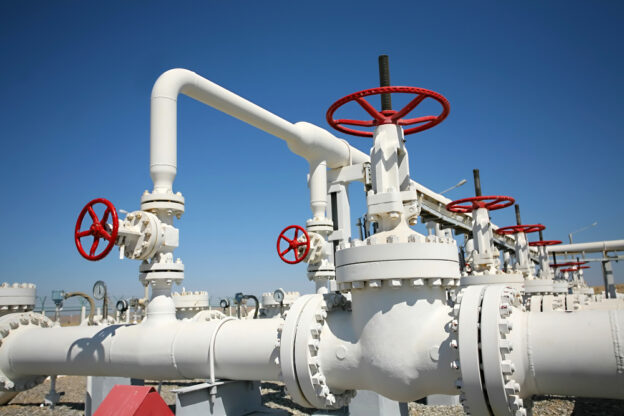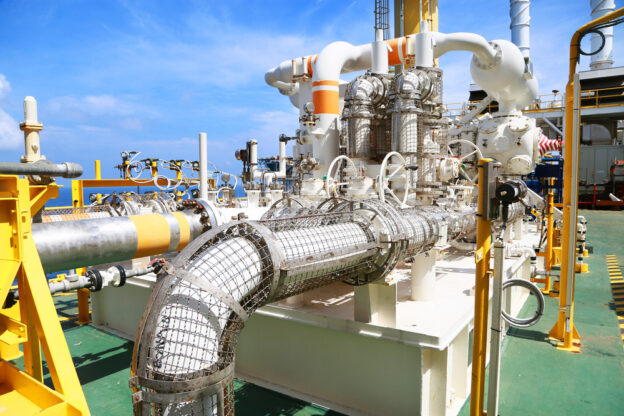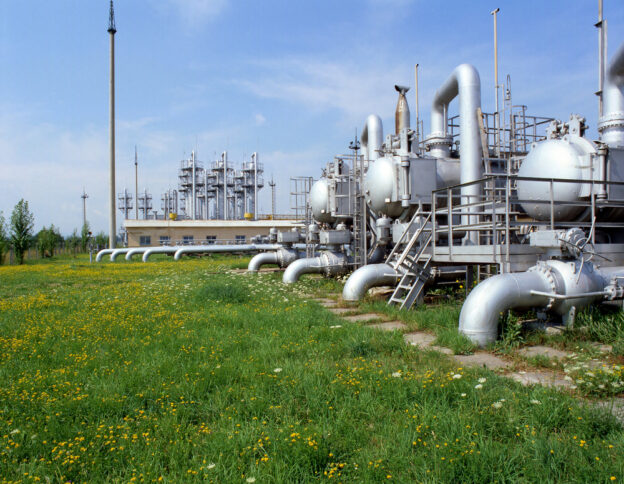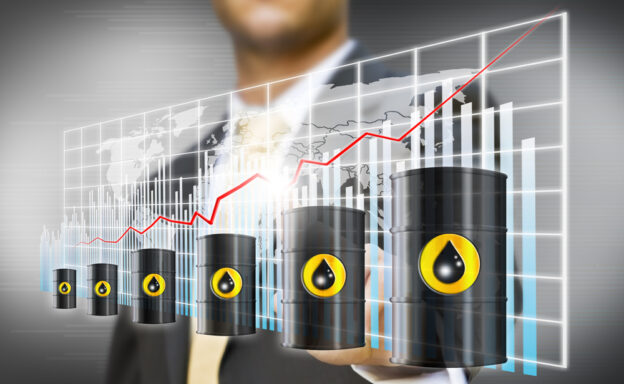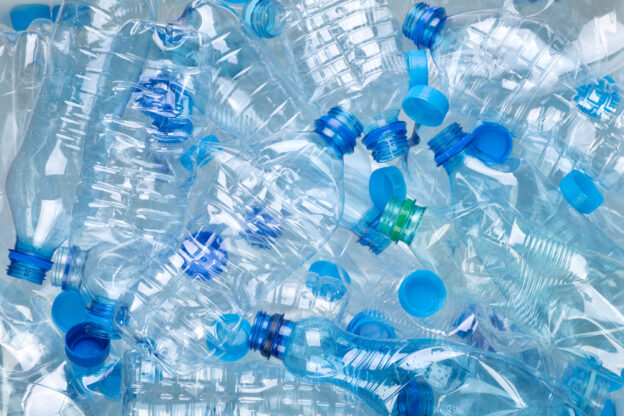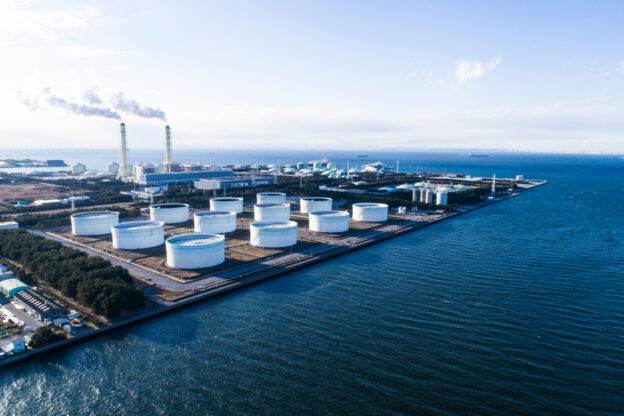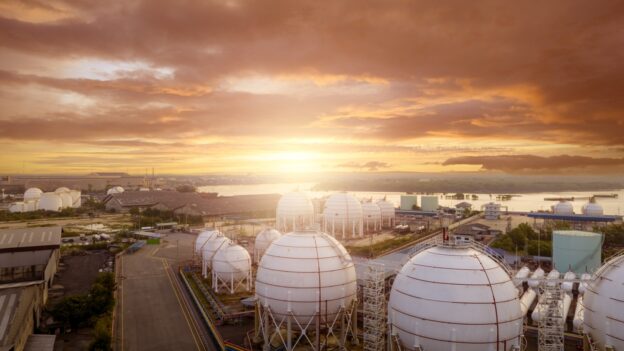Ever wondered where that electricity to watch your favorite show comes from when the power lines aren’t working, or how that propane keeps your grill going after the tank seems empty? The secret lies in the often-overlooked world of energy storage. Let’s explore how we capture energy in different forms and store it for those moments we need it most.
Future Batteries
From your laptop to a neighborhood back-up, batteries are the go-to for storing electricity. As battery technology evolves, bigger and better versions are transforming how we use energy. Homeowners with solar panels can now store the excess energy they generate for later use. Power grids are increasingly incorporating large-scale battery systems to store energy from renewable sources like wind and solar, smoothing out those times when the sun isn’t shining or the winds are calm.
Hydroelectric Storage
Pumped hydroelectric storage is the veteran of large-scale energy storage. This clever system uses excess electricity on the grid to pump water uphill into a reservoir. When demand peaks, the water is released downhill, flowing through turbines like a mini hydroelectric dam to generate electricity. It’s a reliable form of storing gigawatts of energy.
Energy Underground
Natural gas isn’t just used directly as fuel; storing it for later is vital. To handle seasonal fluctuations in demand, massive underground storage facilities are used. These are often depleted oil and gas fields or naturally occurring salt caverns. They act as vast energy reservoirs, supplying gas during periods of high use.
Compressed Air
This technology involves using excess electricity to compress air into underground caverns or above-ground tanks. When energy is needed, the compressed air is released, driving a turbine to generate electricity. It’s a form of large-scale storage with exciting potential for storing renewable energy.
Propane and Other Fuels
Homes off the natural gas grid often rely on propane for heating and cooking. Propane tanks, those familiar white cylinders, store this compressed gas. Similarly, tanks are used for storing other household fuels such as heating oil.
Flywheels, Springs and Supercapacitors
The world of energy storage is full of innovation. Flywheels store energy as kinetic energy in a rotating mass, providing short bursts of power. Gravitational storage systems use weights that are lifted and lowered, storing and releasing potential energy. Supercapacitors can store and release energy bursts very quickly, perfect for smoothing out power fluctuations.
The Future of Stored Power
Energy storage is vital for transitioning to renewable energy sources and building a more resilient grid. The next generation of storage technologies could involve things like hydrogen, converting energy produced by renewables into storable fuel. Thermal energy storage, where excess energy is used to heat and cool materials, is another option, particularly when linked to district heating systems.
Pro-Gas | We’ll Keep Your Lights On
Storing energy, whether in large-scale facilities or those propane tanks for backyard grills, prioritizes safety. Regulations and careful engineering ensure these systems operate reliably and minimize risks.
Energy storage might seem invisible in our daily lives, but it’s the unsung hero of a modern energy system. As innovations continue, we can expect a future where stored energy helps us power our lives sustainably and reliably.
Energy storage isn’t just about batteries and renewables. It’s a world where tried-and-tested methods, like storing natural gas and propane, ensure the reliability that modern life demands. Alongside exciting innovations, these reliable energy sources play a crucial role in keeping our homes powered every day of the year.
Pro-Gas understands the value of reliable energy. Whether it’s ensuring warmth during those cold snaps or keeping your summer cookouts fueled, we’re committed to supplying energy you can count on. Learn more about our propane services and the advantages of natural gas by reaching out today. Together, we can keep your lights on — and your life powered up!



